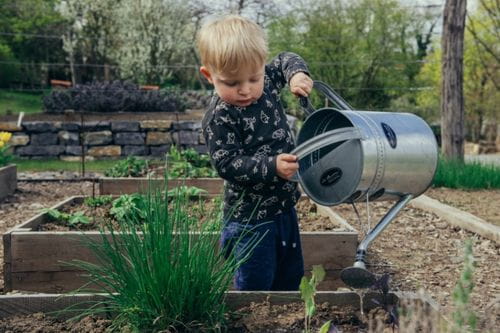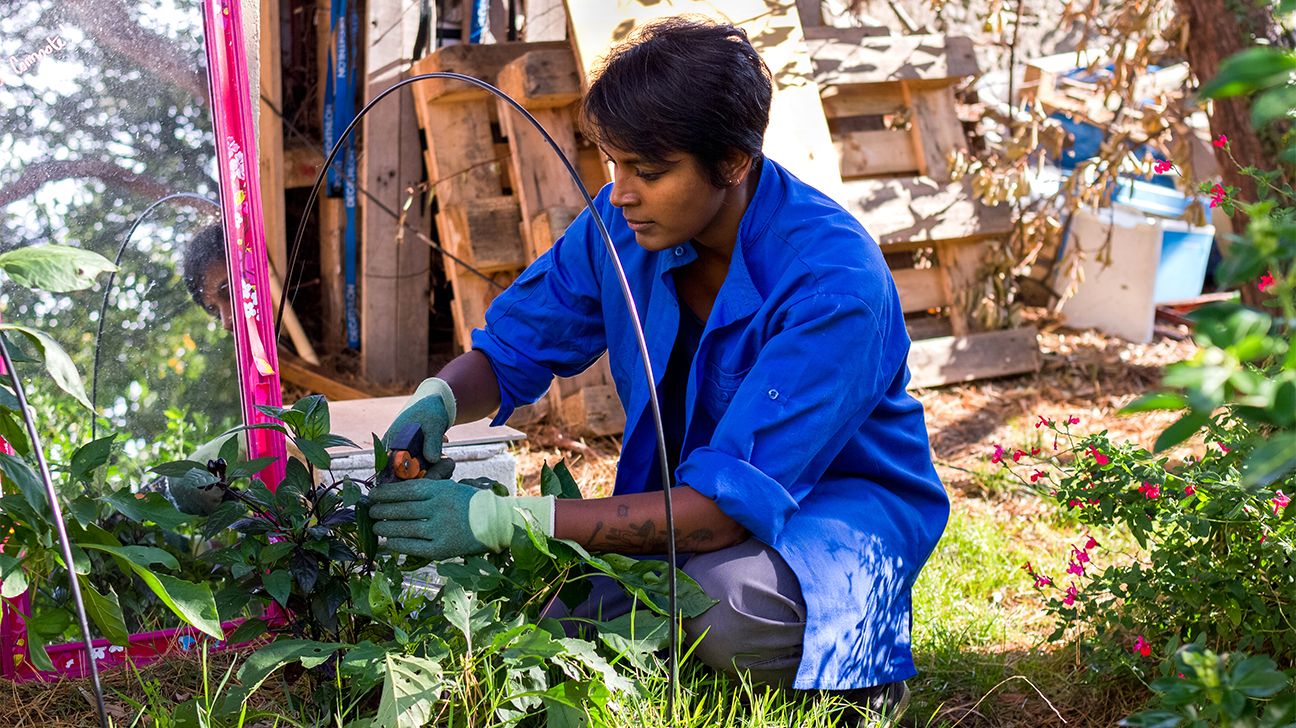The Ultimate Guide to Gardening for Beginners: Detailed Tips and Strategies for Expanding a Flourishing Yard
Are you prepared to study the world of horticulture? Look no more than "The Ultimate Guide to Horticulture for Beginners." This detailed guide will certainly walk you via every little thing you require to recognize to expand a thriving yard. From recognizing your yard area to picking the right plants and preparing the dirt, we've got you covered. Prepare yourself to release your environment-friendly thumb and develop a gorgeous, flourishing yard.
Recognizing Your Garden Room
Understanding your garden space is necessary for producing a thriving yard. This will certainly help you establish which plants will certainly flourish in each area. gardening tips for beginners.
Following, examine the soil in your garden. Recognizing your dirt type will direct you in choosing the right plants and implementing appropriate dirt modifications. This info will aid you make educated decisions regarding watering and plant positioning.
These are little locations that might differ in temperature level or wetness levels contrasted to the rest of your garden. Use these variations to your advantage by growing moisture-loving or heat-loving plants in these locations.
Choosing the Right Plant Kingdoms

Next, consider your gardening objectives and choices. Are you seeking to grow veggies, blossoms, or a mix of both? Do you favor low-maintenance plants or are you ready to place in extra initiative for high-yield crops? Think of the amount of time, power, and sources you are prepared to buy your yard.
Furthermore, think about the room available in your yard. Take measurements and plan out the format of your plants. Think about the fully grown dimension of each plant and make certain they have sufficient area to expand without overcrowding each other.
Lastly, think about the functionality of your plant choices. gardening tips for beginners. Will you be able to give the needed treatment and maintenance for your picked plants? Take into consideration elements such as watering, feeding, pest control, and trimming
Preparing the Dirt for Growing
As soon as you have picked the ideal plants for your flourishing garden, it's time to study the important task of preparing the dirt for planting. Prior to you start digging, it's vital to assess the top quality of your dirt. Take a sample and examination its pH degrees, as different plants grow in different pH varieties. Readjust the pH if needed by adding lime to increase it or sulfur to reduce it.

As soon as the dirt is all set, create furrows or holes for planting. The depth and spacing will certainly depend on the specific needs of your selected plants, so refer to the seed packages or plant labels for guidance.
Last but not least, water the recently grown location extensively. This will help settle the soil and give the plants with the dampness they require to establish themselves. As you water, be cautious not to clean away the dirt or damages the fragile plants. With correct soil preparation, your garden will be well-equipped to browse this site sustain the growth and success of your plants.
Watering and Feeding Strategies
After preparing the dirt for growing, it's vital to comprehend effective watering and fertilizing techniques to make sure the health and wellness and growth of your yard. It's crucial to strike a balance when it comes to watering. Overwatering can bring about root rot and other diseases, while underwatering can cause stunted development and wilting. The secret is to supply sufficient water to keep the dirt continually moist yet not saturated. If your plants need watering is by sticking your finger about an inch into the soil, one means to determine. If it feels completely dry, it's time to water. When watering, purpose for the base of the plants, as moistening the fallen leaves can urge conditions. When it comes to feeding, it's important to offer your plants the nutrients they need to flourish. Organic plant foods, such as garden compost or well-rotted manure, are superb options as they give a slow launch of nutrients. It's finest to apply fertilizers in very early spring or late loss, following the instructions on the bundle. Keep in mind to sprinkle your plants after fertilizing to help the nutrients get to the origins. By mastering these watering and fertilizing strategies, you'll be well on your way to a thriving garden.
Keeping a Healthy Yard
To preserve a healthy and balanced garden, you ought to on a regular basis inspect your plants for signs of conditions or insects. By doing this, you can capture any type of problems early on and take the necessary steps to avoid them from creating and spreading out damages to your entire garden.
One means to battle parasites is by using natural remedies such as insecticidal soaps or neem oil. These work in controlling typical insects like aphids, mites, and whiteflies without damaging helpful pests. An additional method is to urge helpful bugs like ladybugs and lacewings, which eat yard sites pests. Growing blossoms such as sunflowers, sissies, and marigolds will attract these useful bugs to your yard.
In enhancement to parasites, conditions can likewise affect your plants. To avoid the spread of illness, it is necessary to practice good yard hygiene. This consists of getting rid of any type of contaminated plants or leaves, sanitizing your horticulture tools, and preventing over-watering. Correct spacing in between plants and great air blood circulation can additionally aid prevent the spread of illness.
Conclusion
By comprehending your garden area, selecting the right plants, preparing the soil, and implementing proper watering and fertilizing methods, you can produce a thriving garden. With perseverance and commitment, you'll quickly be delighting in go now the beauty and bounty of your own prospering garden.
Make use of these variations to your benefit by growing moisture-loving or heat-loving plants in these locations.
